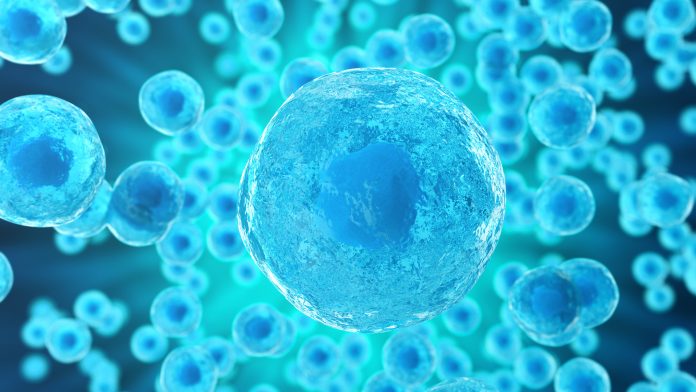A team led by researchers at the University of Gothenburg has used a unique combination of methods to map the mechanism behind cellular communication, potentially improving our understanding of the underlying mechanism behind type 2 diabetes.
Cellular communication and the processes where cells synchronise and coordinate their behaviour is required for an organism to function and for human organs to be able to perform their functions. Caroline Beck Adiels, senior lecturer at the Department of Physics at the University of Gothenburg, and her research team have established a new method for studying cellular communication. In the study, they successfully mapped the mechanism behind cellular communication in the metabolic process, using small culture chambers that allow the control of the environment around the cells.
The researchers chose to study yeast cells, as they are similar to human cells. The team focused on glycolyticoscillations – a series of chemical reactions during metabolism where the concentration of substances can pulse or oscillate. The study showed how cells that initially oscillated independent of each other shifted to being more synchronised, creating partially synchronised populations of cells.
Beck Adiels, said: “One of the unique things with this study is that we have been able to study individual cells instead of simply entire cell populations. This has allowed us to really be able to see how the cells transition from their individual behaviour to coordinating with their neighbours. We have been able to map their behaviour both temporally and spatially, that is to say, when something occurs and in which cell.”
Opportunities for understanding type 2 diabetes
According to Beck Adiels, this knowledge can be applied in many other biological systems and more complex cells where coordinated cell behaviour plays an important role. This type of behaviour is also found in cells such as heart muscle cells and in pancreatic cells, which can be an important piece of the puzzle in diabetes research.
Beck Adiels said: “The study can contribute to understanding how pancreatic cells are regulated and how they secrete insulin, which can help us understand the underlying mechanism behind type 2 diabetes. Eventually, this could contribute to developing new medicines for treating the disease.”
The study is a collaboration between eight researchers at Swedish and international universities, and Beck Adiels emphasises that this interdisciplinary collaboration has been fundamental in studying the complex behaviour of cells from multiple perspectives.









